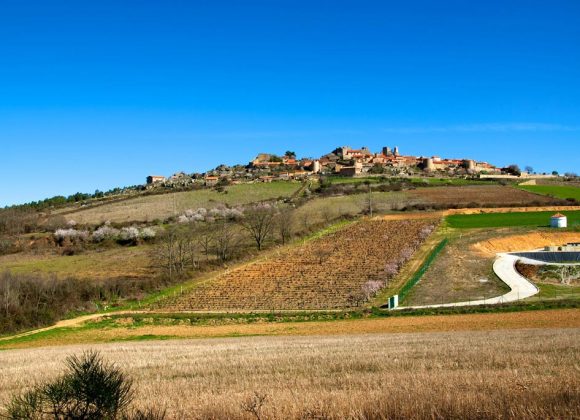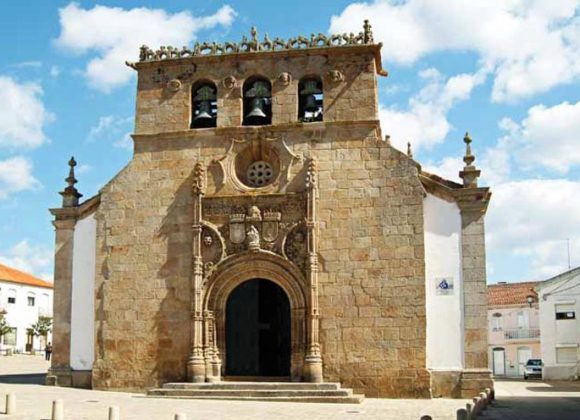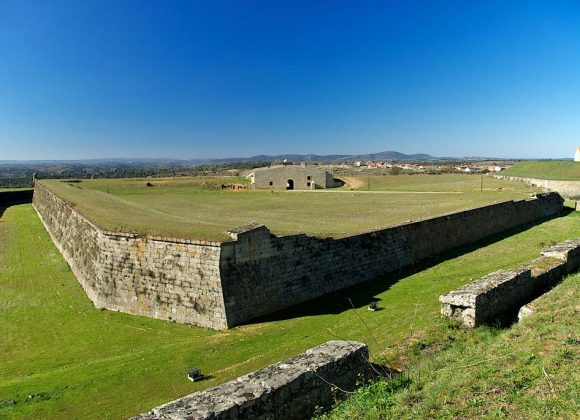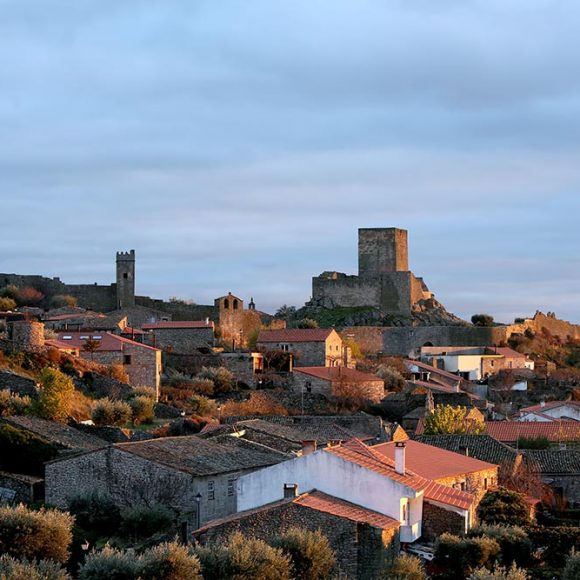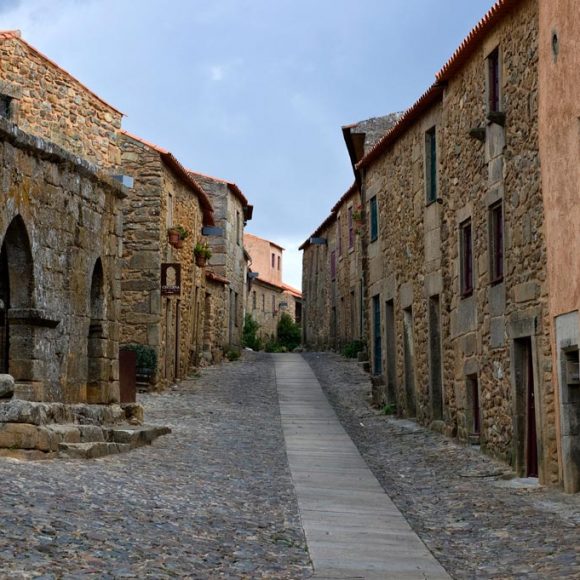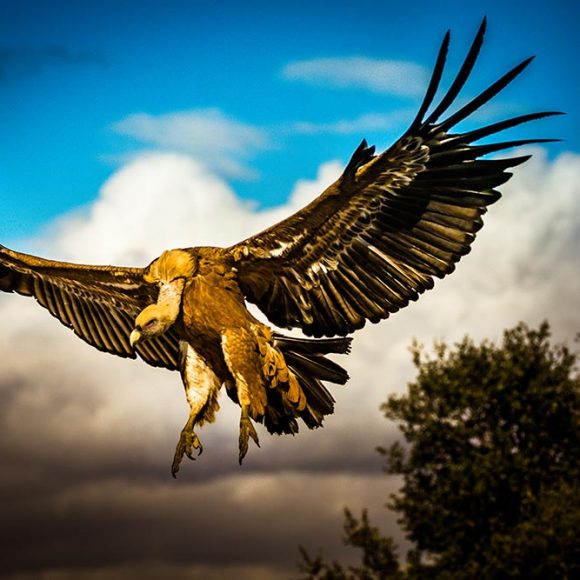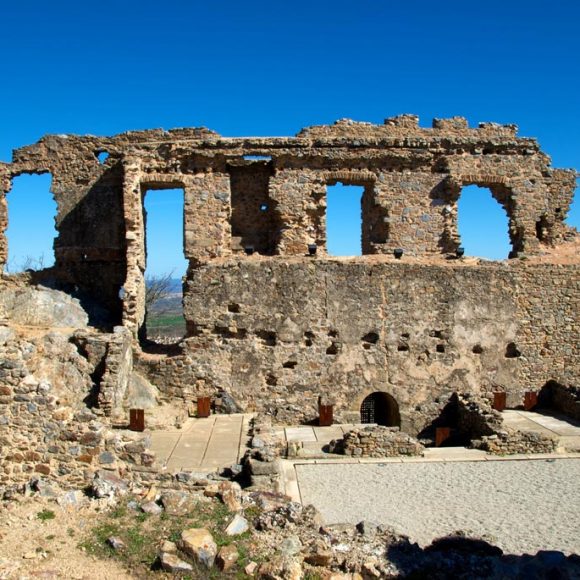Leisure
THE CÔA
The Côa
Cultural Heritage
After acquiring a supply of regional products that will accompany your tour – different types of bread, biscuits, figs, wine, olive oil, rosemary honey, almond and almond-made pastry – discover the heritage and landscape of the Côa Valley region! Embedded in granite and schist terrains, the Côa Valley is a region of wide horizons, punctuated by niveous dovecotes, where almond trees blossom in tones of white between February and March, and the vines gain spectacular colors in autumn.
In addition to the rock art sites open to the public there are other archaeological sites worth visiting.
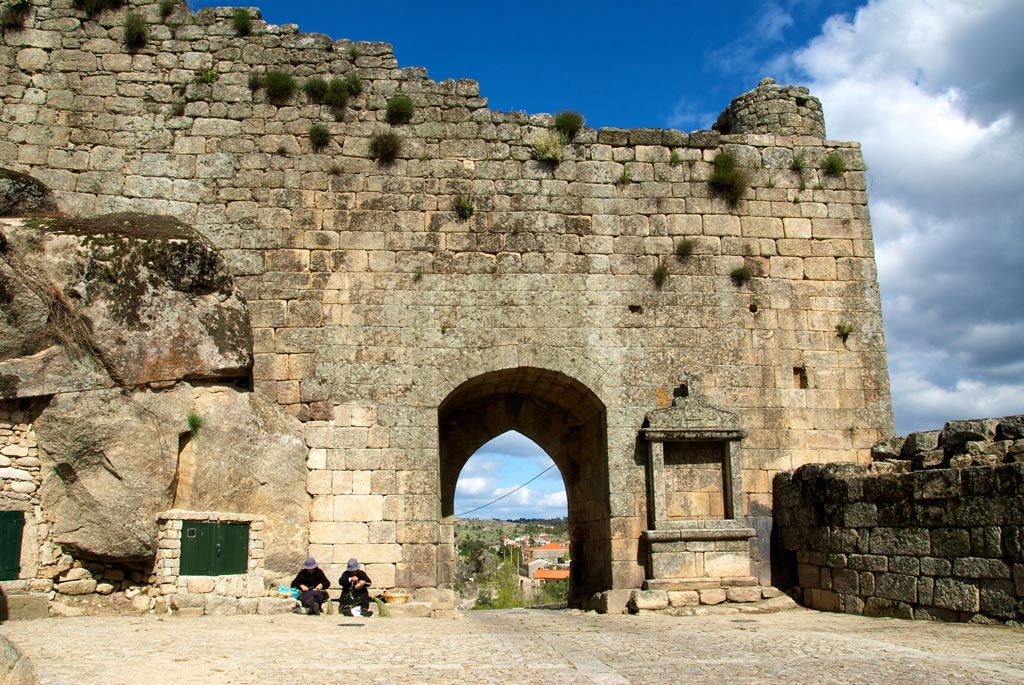
Castelo Melhor (Vila Nova de Foz Côa): ruins of a medieval castle;
Chãs/Muxagata (Vila Nova de Foz Côa): Quinta de Ervamoira Site Museum, which includes an exhibition on the roman and medieval archaeological site that was excavated in the estate;
Freixo de Numão (Vila Nova de Foz Côa): Castelo Velho and Castanheiro do Vento ruins dating from the Copper Age/Bronze Age, the Prazo and Rumansil Roman sites and the Museu da Casa Grande which integrate the Freixo de Numão archaeological itineraries;
Numão (Vila Nova de Foz Côa): well preserved ruins of the fortified village of Numão, an important medieval settlement;
Marialva (Mêda): important roman settlement and medieval fortified village, ancient head of the municipality during the Middle Ages and the Modern Period. It is integrated in Portugal’s Historical Villages Route;
Coriscada (Mêda): ruins of a Roman villa featuring vestiges of mosaics, located at Vale do Mouro;
Longroiva (Mêda): ruins of a Knights Templar castle located in a village founded in Roman times due to its therapeutic thermal waters, still used today;
Almofala (Figueira de Castelo Rodrigo): ruins of an imposing Roman temple;
Castelo Rodrigo (Figueira de Castelo Rodrigo): ancient medieval village integrated in Portugal’s Historical Villages Route;
Pinhel: ancient castle located in the town’s historic center.

The Côa
Natural Heritage
Leisure
Part of the Park’s territory corresponds to the Côa Valley Special Protection Zone. The occurrence of rock dwelling birds as a Special Protection Zone, integrating EU’s Natura 2000 Network. Such a classification allows for the protection, management and monitoring of endangered bird species with the objective of assuring their reproduction and survival.
The Egyptian Vulture, the Griffon Vulture, Bonelli’s Eagle and the Golden Eagle are four species which are on the European Community endangered species list.The Côa Valley is one of the most important nesting areas of these birds in Portugal. Although having different biological habits (vultures are scavengers while eagles are essentially predators), these species depend on the same ecological conditions and habitats present in the farmland mosaic that spreads from the steep slopes of the Côa to the edge of the adjacent plateaux.
In cultivated areas such as arborescent bush zones used for sheep grazing that alternate with the traditional olive and almond trees orchards, natural pastures and dryland farming (activities subsidiary of livestock breeding), these endangered birds manage to find essential sustenance to survive.
The first private natural reserve in Portugal (Faia Brava) is located in the southernmost area of the Archaeological Park. Moreover, the Douro International Natural Park is located nearby to the Côa Valley.


